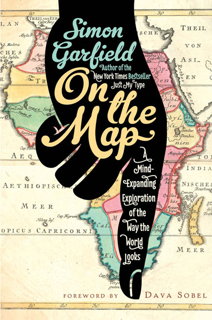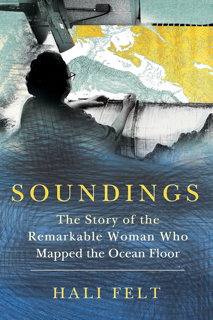Details continue to emerge, as details tend to do, about how and why Apple replaced Google with its own maps in iOS 6. John Paczkowski reports that the Apple-Google maps arrangement faltered over voice-guided turn-by-turn directions, which Google Maps has had on Android for years but Apple couldn’t get from Google. John Gruber looks at the timeline of Apple’s contract with Google here and here, and has some ideas why Apple would give the boot to Google with time still on the clock.
Pogue calls Apple’s Maps app “an appalling first release. It may be the most embarrassing, least usable piece of software Apple has ever unleashed.” (I guess he never tried version 1.0 of the Podcasts app on older hardware.) In passing, however, he also mentions that Street View is coming to the mobile website in a couple of weeks. Street View is a big part of my own Google Maps usage; if it is for you as well, you’ll welcome that news. (The desktop web version requires Flash, so has not been available to mobile devices.)
The competition has been having fun at Apple’s expense, except that Motorola’s ad gave iOS a nonexistent address to get lost with.
Previously: Early Reviews of iOS 6 Maps; Reactions to Apple’s Maps; iOS Maps: More Reactions and Analysis; iOS 6 Maps: First Impressions and More Links; Apple, Google and China: iOS Maps.
Update: Apple CEO Tim Cook’s statement.





